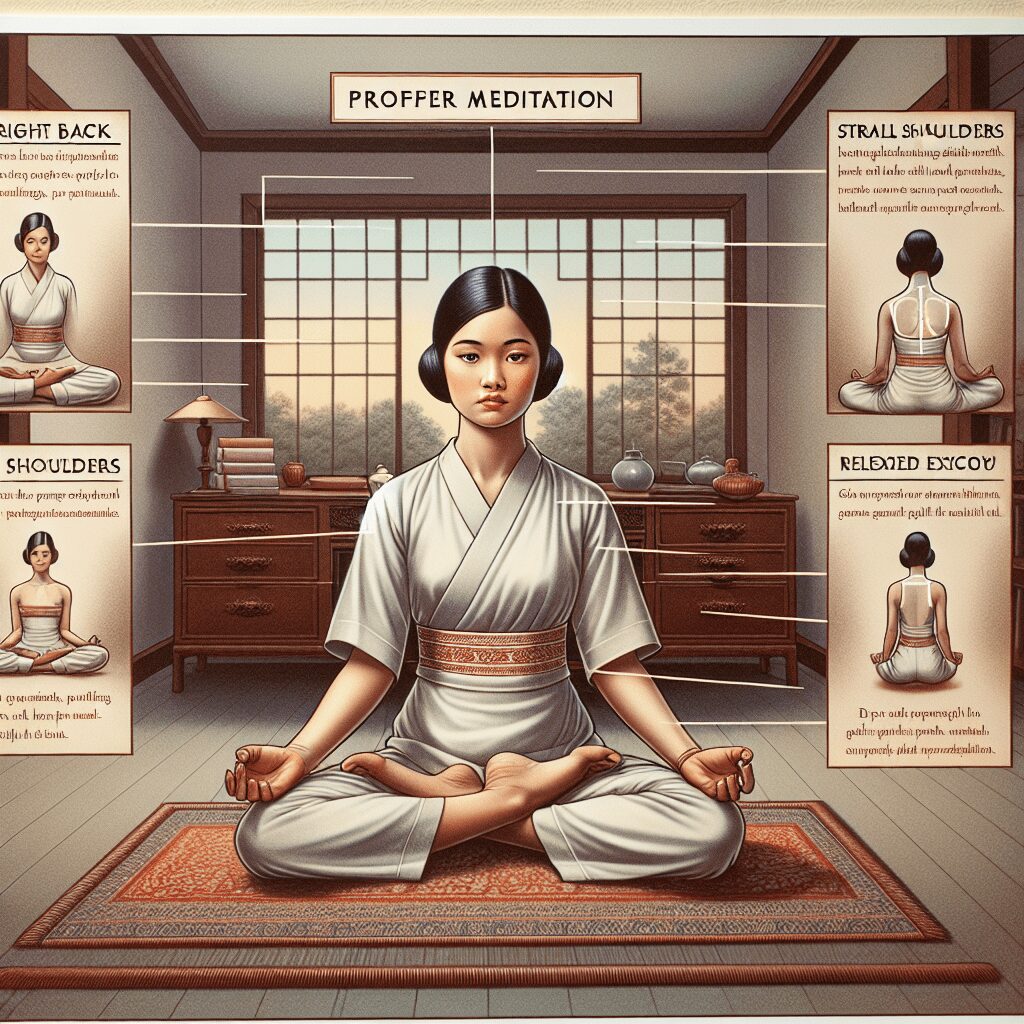
Prioritize your mental well-being daily. Enhance your life by nurturing your mental health with the Smart Meditation app. Break free from stress, alleviate anxiety, and enhance your sleep quality starting today.
Is There A Meditation Position That Doesn’t Make Your Legs Numb?
Finding Zen Without the Pins and Needles
Ah, meditation – that oasis of calm in the storm of life. Many of us have tried it, aiming to unlock that inner peace promised by gurus and wellness influencers alike. But, just when you think you’re about to reach nirvana, your legs decide to join the party with an all too familiar sensation: numbness. Before you know it, your focus shifts from enlightenment to the creeping pins and needles setting camp in your lower extremities. So, it begs the question: Is there a meditation position that keeps your circulation in check while allowing your mind to roam free? Let’s dive in and untangle this conundrum.
The Quest for Comfort: Positions to Try
Believe it or not, achieving a zen state doesn’t require twisting yourself into a pretzel. The key is to find a position that’s not just physically sustainable but enhances your focus. Here are some leg-friendly options to consider:
-
Chair Sitting: Yes, it might sound surprisingly mundane, but sitting on a chair can be revolutionary for your meditation practice. Plant your feet firmly on the ground, keep your spine straight (as if a string is pulling you up), and voilà! You’ve got a setup that respects your limbs and your quest for inner peace.
-
Seiza Pose: Traditional yet often overlooked, the Seiza position is where you kneel and sit back on your heels. Worry not; if visions of sore knees start to dance in your head, a meditation bench or even a couple of stacked cushions can provide a world of comfort.
-
Standing Tall: Who said meditation is an exclusively seated affair? Standing meditation brings a whole new dimension to the practice. Stand with your feet shoulder-width apart, knees slightly bent, and hands clasped gently in front of you. This position is not just kind to your legs but also builds strength and resilience.
-
Walking Meditation: Perfect for those who prefer movement, walking meditation turns every step into a moment of mindfulness. Choose a peaceful spot, focus on the sensation of your feet touching the ground, and maintain a slow but steady pace. This method keeps the blood flowing and combines physical activity with mental tranquility.
Tailoring Your Practice to Your Needs
The crux of a meditation practice that doesn’t leave you tingling (in the wrong way) is to listen to your body. Everyone’s built differently, and what works for one person might not be a match for another. Experiment with different positions, and don’t forget the importance of a supportive surface. Sometimes, all you need is the right cushion or a mat to change your meditation game.
Moreover, remember that flexibility improves over time. Those positions that seem challenging today might become your go-to spots with a bit of patience and practice.
Embracing a Holistic Approach
Meditation is more than just a series of physical poses; it’s an integration of mind, body, and spirit. Finding a comfortable position is crucial, undoubtedly, but so is adopting the right mindset. Approach each session with openness, letting go of the expectation of perfection. Sometimes, the journey toward inner calm is less about the perfect pose and more about the intention we bring to our practice.
In the grand tapestry of meditation practices, numb legs should not be the thorn in your side. With a bit of tweaking and an open mind, you can find a position that not only respects your physical boundaries but also elevates your meditative experience. So, roll out that mat, pull up a chair, or simply stand tall and find your own path to serenity – your legs will thank you for it!





